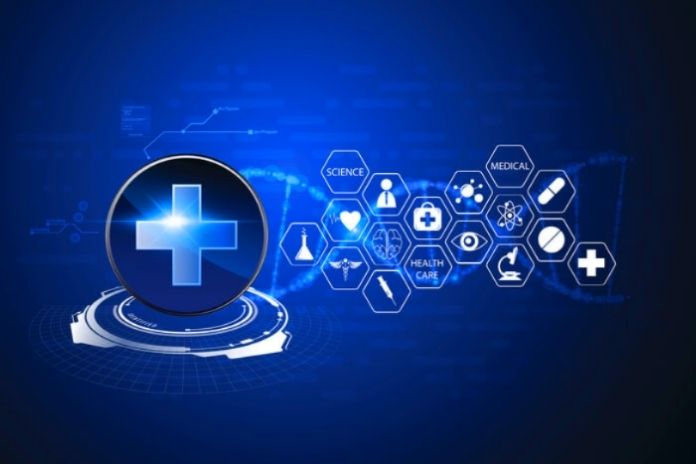Companies from the pharmaceutical sector are faced with the challenge of agreeing on the individualization of their products and the flexibility of their manufacturing processes. Because of the ongoing COVID-19 pandemic, the pharmaceutical industry is more focused than almost any other industry.
Therefore, it is necessary that the handling of customers, internal databases and processes, and your company software are adapted to the growing digitization process. As part of extensive automation systems such as the ERP system, switching to S / 4HANA is an essential milestone for digitizing the pharmaceutical industry.
Switching from well-known working methods to modern tools seems a time-consuming and complicated step for many companies. This assumption is understandable since a conversion, i.e., upgrading an existing SAP system to the new software generation. Thus a new platform is associated with stricter validation requirements in the pharmaceutical sector and is particularly demanding. Introducing new software or software generations such as S / 4HANA requires specialist knowledge, detailed documentation, clearly structured coordination, and so-called “reviews,” characterized by constant and transparent communication.
Digitization Pressure On Companies Is Increasing
The drivers of digital change are often technology companies that increasingly determine the market and influence various industries. You pursue the strategy of making yourself irreplaceable through customer experience and data sovereignty, such as practical apps for end customers. The pandemic, in particular, made it clear how vital rethinking and a digital mindset have become. German pharmaceutical companies should not ignore this wake-up call either.
It is therefore imperative that pharmaceutical companies perceive this change and react to it. A company from the pharmaceutical industry has already passed the first significant milestone with the introduction of an SAP template and the conversion to S / 4HANA. With “ONE ERP,” companies can aim to harmonize all locations – including worldwide – on a common platform.
It is of particular importance to expect the users to change as little as possible but as much as necessary. Investments that have already been made over the last few years should also be ensured to maintain business processes and day-to-day operations. The conversion creates the primary basis for this. This means that future digital innovations, working with cloud systems or so-called “machine learning,” can be a competitive advantage.
At the same time, the system enables the growing digital requirements to be followed. To expect the users to change as little as possible but as much as necessary. Investments that have already been made over the last few years should also be ensured to maintain business processes and day-to-day operations. The conversion creates the primary basis for this. This means that future digital innovations, working with cloud systems or so-called “machine learning,” can be a competitive advantage.
At the same time, the system enables the growing digital requirements to be followed. Working with cloud systems or so-called “machine learning” can be used as a competitive advantage. At the same time, the system enables the growing digital requirements to be followed.
The Positive Chain Reaction Of Business Processes
For the conversion and implementation of the new SAP generation, you should rely on a competent implementation partner who considers the system analyzes to be carried out in advance or the learning of internal requirements and processes. S / 4HANA brings with it unavoidable changes that affect existing processes. In addition to extensive testing, these process adjustments also require appropriate delta training and the complete documentation of all changes in the system.
It is essential to carry out template test cases or local test cases in the affected countries during the entire conversion. Significant changes to the template can affect the department structures. Proactive communication before, during, and after the conversion creates the necessary project transparency for the employees concerned.
Advantages Of Machine Learning During The Conversion
The advantages of the new technologies and thus also machine learning can partly be used in the so-called “Proof of Concept” (POC) and pilot projects in particular areas during the upgrade of cloud products, and thus AI tools are used. The POC can be enormously helpful for time management to feel how long a system will or must be switched off. This, in turn, has a far-reaching impact on production and the entire business process of the pharmaceutical company. Several test phases can be carried out with the findings of the POC. Errors and problems that have arisen iteratively are identified, which can then be solved successively.
In general, the conversion project of pharmaceutical companies is the cornerstone of the future system landscape, which is increasingly aimed at cloud products and should use the advantages of learning programs and artificial intelligence. All investments in the One ERP project should serve the employees as support, organize business and daily processes efficiently and increase the quality of work.
In addition, the reduction of interfaces creates a leaner system landscape. In addition, the removal of interfaces creates a leaner system landscape. In addition, the reduction of interfaces creates a leaner system landscape.
Dare To Digitize Despite Corona
Digitization processes in large pharmaceutical companies may have to be carried out in numerous countries, including production sites, which requires extensive preparation about communication across countries and time zones. This coordination and planning are particularly challenging. It is a project in a validated environment in which seamless test phases and documentation of individual steps are of the highest priority.
In addition, there can be the challenge of not adapting more than a certain number of existing processes and not to change anything in the existing template. However, these changes are inevitable due to the S / 4 changeover. In addition, with Covid-19 comes an unplanned challenge that forces such digitization projects to “remote work,”
Also Read: Successful Machine Learning Thanks To Data Consistency

